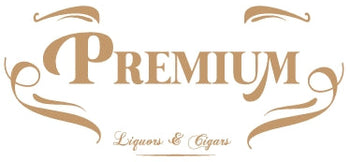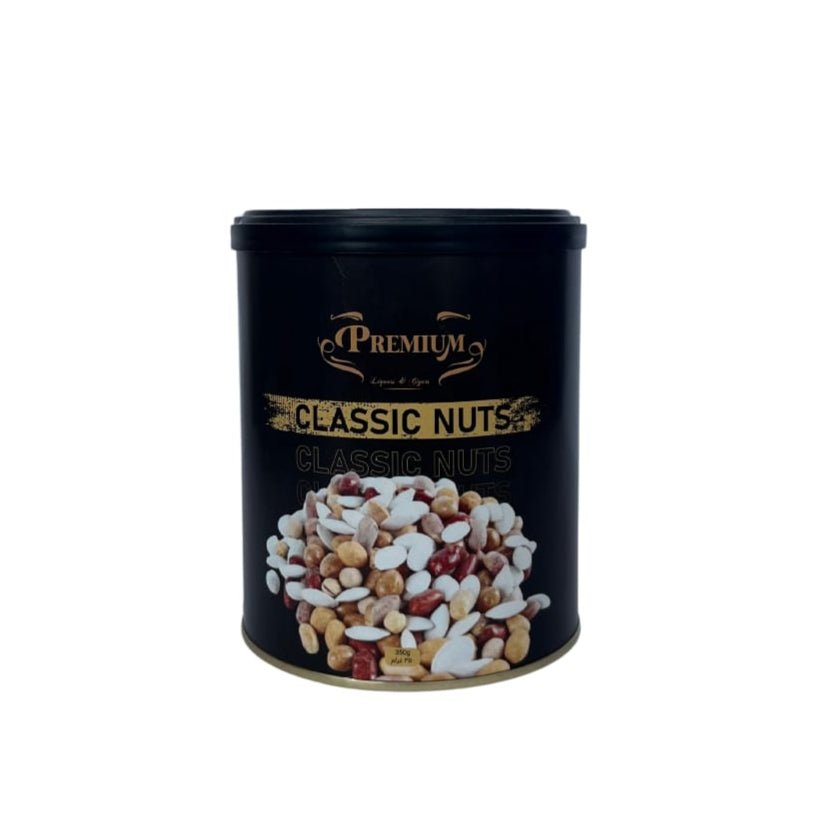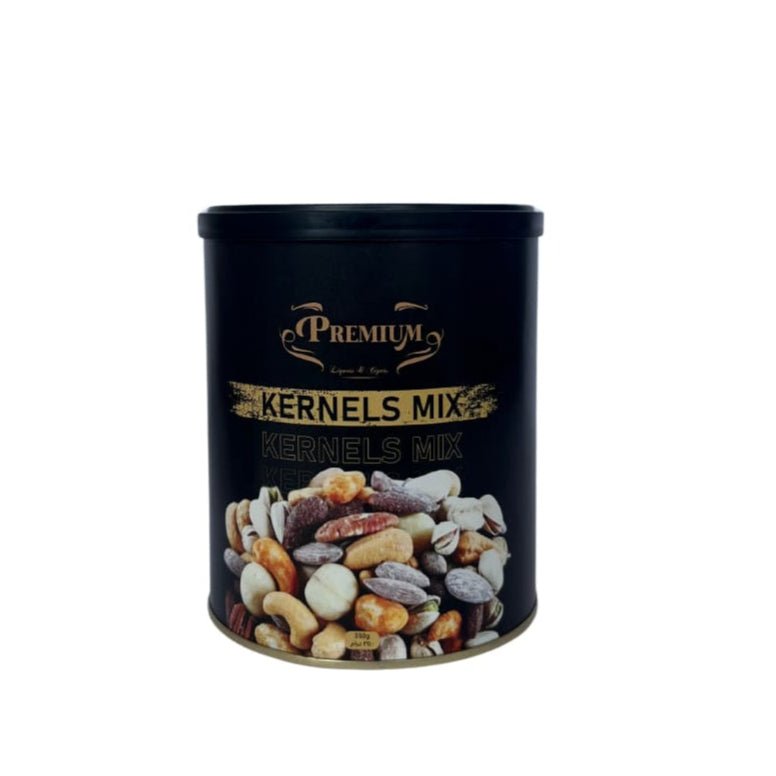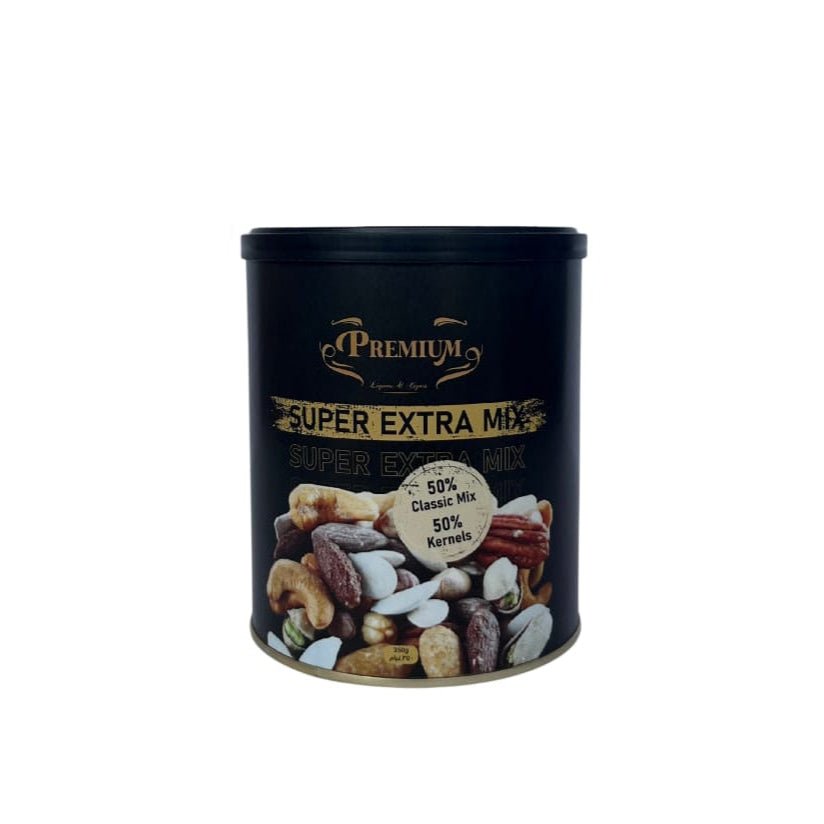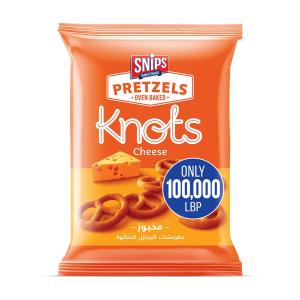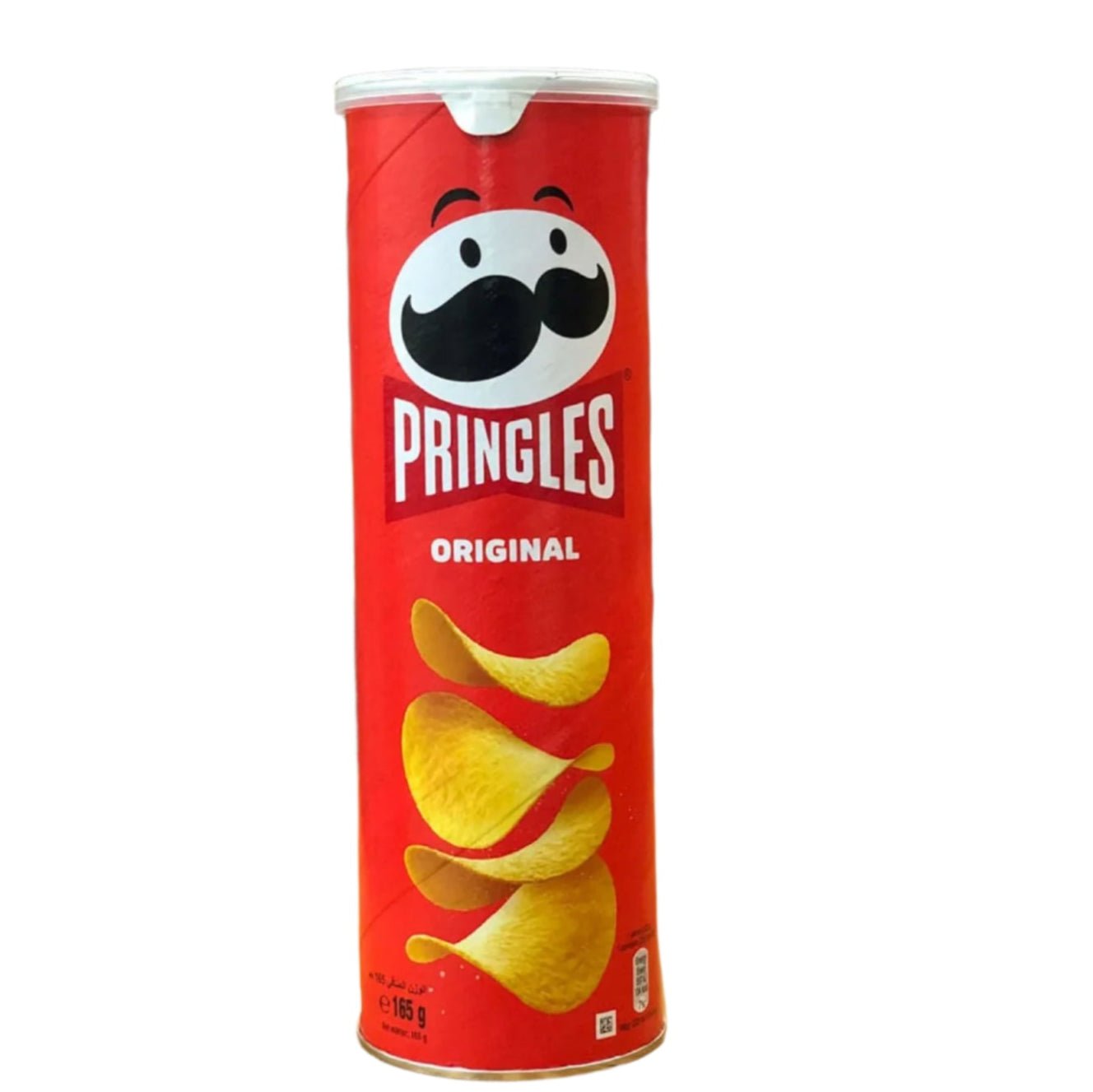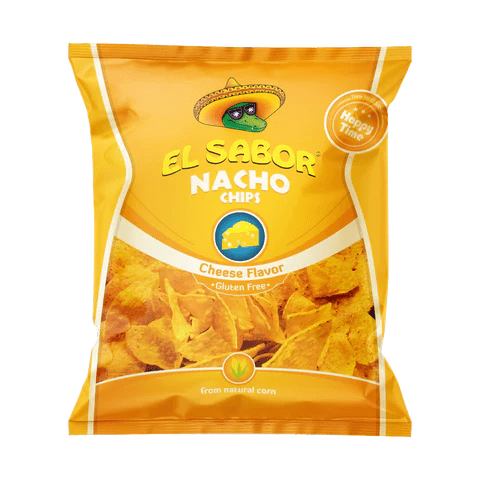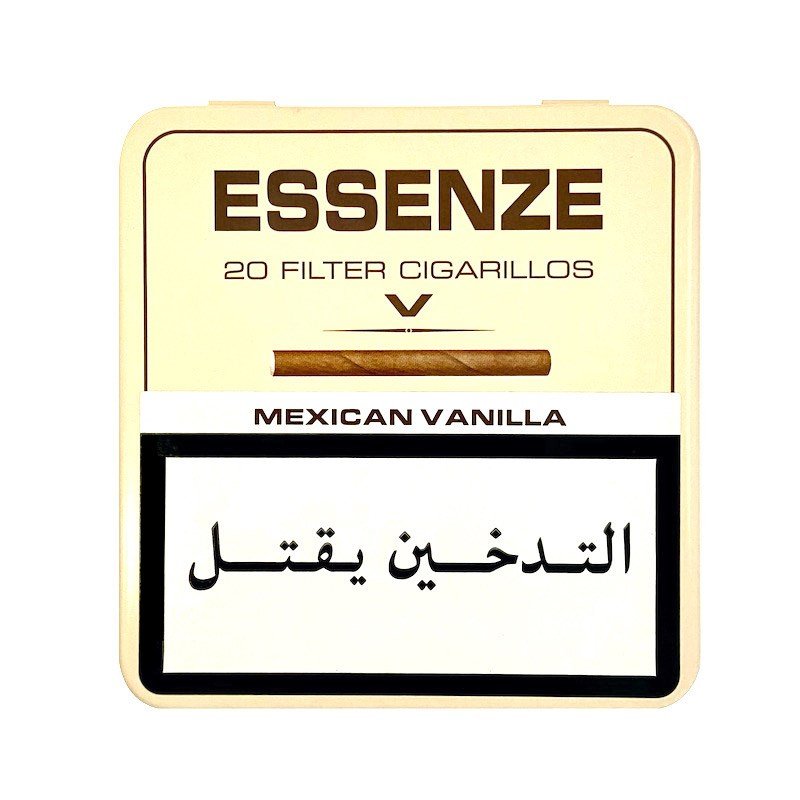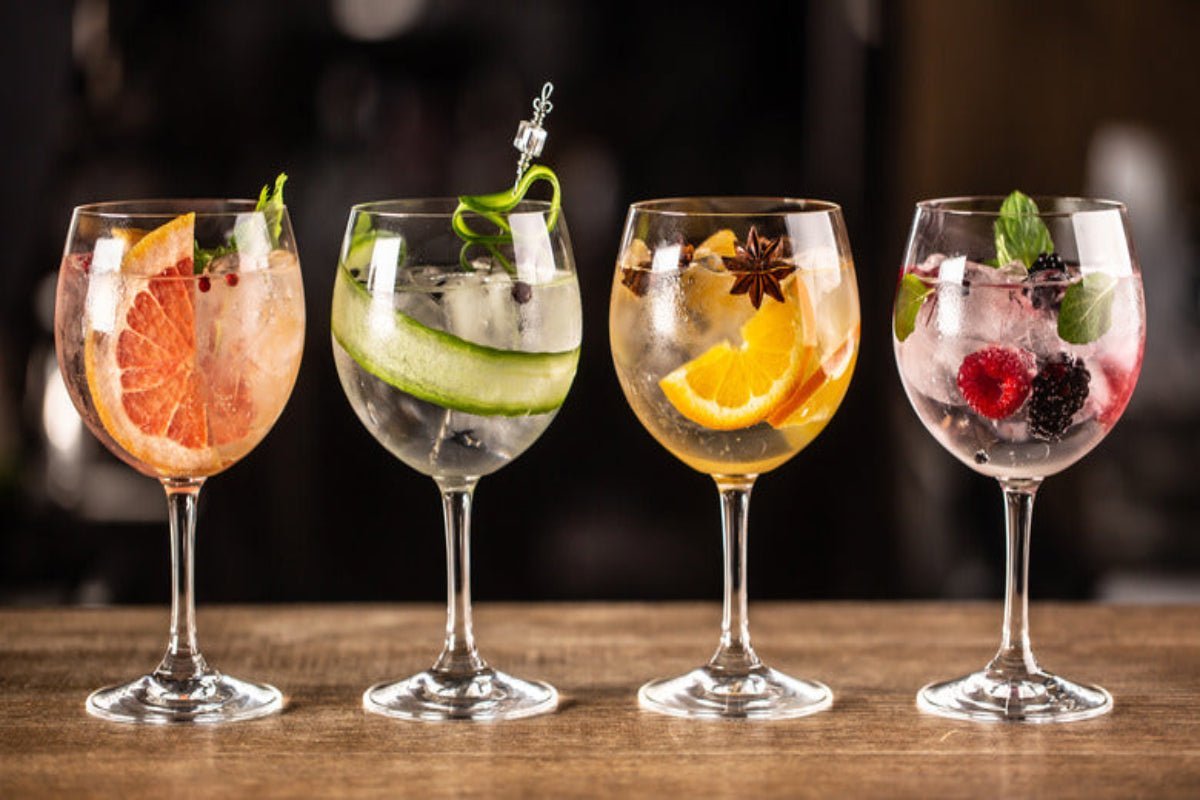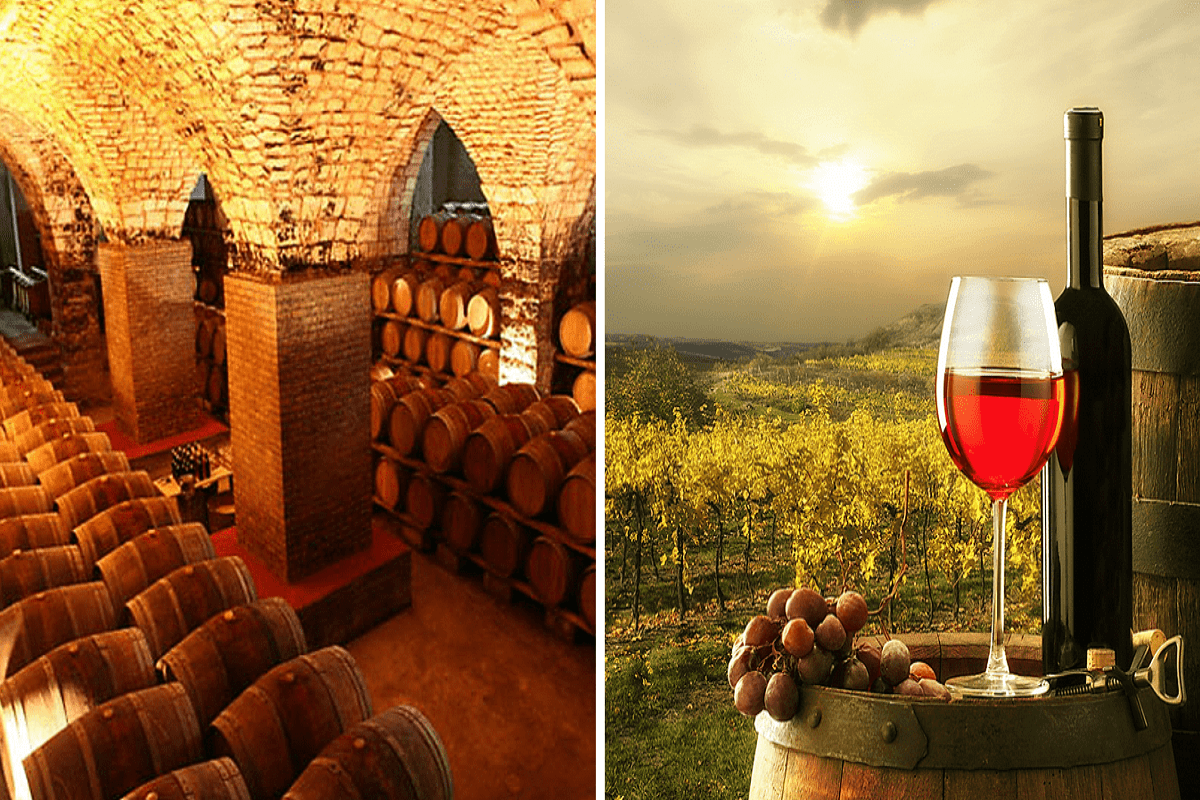Whiskey Production Process
The journey of whiskey from grain to glass involves several key stages:
-
Malting: Barley grains are soaked in water to encourage germination, activating enzymes that convert starches into fermentable sugars.
-
Mashing: The malted barley is ground into a coarse powder and mixed with hot water in a mash tun. This process extracts the sugars, resulting in a sweet liquid known as wort.
-
Fermentation: The wort is transferred to fermentation vessels, where yeast is added. The yeast consumes the sugars, producing alcohol and carbon dioxide, yielding a liquid called "wash."
-
Distillation: The wash is heated in copper stills. As it boils, alcohol vapors rise and condense into a higher-proof spirit. This step is typically repeated to refine the alcohol content.
-
Aging: The distilled spirit is placed in wooden barrels, usually oak, where it undergoes chemical changes that develop its flavor and color over time.
-
Bottling: After aging, the whiskey is filtered and diluted to the desired strength before being bottled.
Types of Whiskey
Whiskey varieties are often distinguished by their ingredients, production methods, and geographic origins:
-
Bourbon: An American whiskey containing at least 51% corn, aged in new charred oak barrels. It is known for its rich, sweet flavor.
-
Tennessee Whiskey: Similar to bourbon but filtered through sugar maple charcoal before aging, a process known as the Lincoln County Process. This imparts a smoother taste.
-
Scotch Whisky: Produced in Scotland, typically from malted barley. It often has a smoky flavor, especially if dried over peat fires.
-
Irish Whiskey: Made in Ireland, usually triple-distilled for smoothness, resulting in a light and approachable taste.
-
Canadian Whisky: Often lighter and smoother, Canadian whisky is usually a blend of different grain spirits.
-
Rye Whiskey: Contains at least 51% rye, offering a spicier and more robust flavor profile.
-
Single Malt Whiskey: Made from malted barley at a single distillery, offering a pure expression of the distillery's character.
-
Single Barrel Whiskey: Bottled from an individual aging barrel, each bottle may have unique characteristics.
-
Blended Whiskey: A mix of different whiskeys, which can include both grain and malt whiskeys, to achieve a consistent flavor profile.
Understanding these aspects of whiskey can enhance your appreciation of this diverse and storied spirit.
